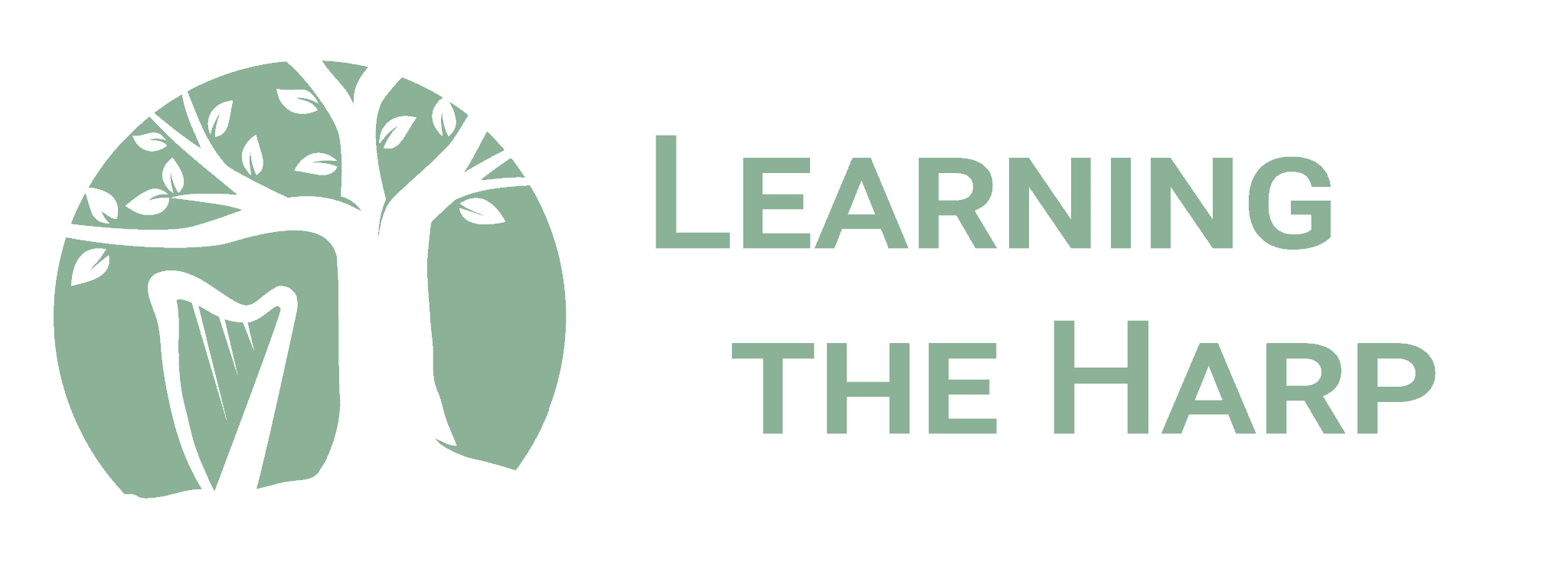Home (2022) version 2 › Forums › Types of harps › 32 string harp
-
32 string harp
Posted by Naomi Lacken on 28 September, 2021 at 1:14 pmGoing to look at a George Imbush 32 string harp tomorrow, range E to forget what! Wondering if I can play pieces arranged for 34 strings. It’s a lovely light harp. Any ideas anyone?
Thanks In advance.
Naomi
Victoria Johnson replied 2 years, 7 months ago 4 Members · 9 Replies -
9 Replies
-
I own a 34 string harp, and I tend to reach for the bottom strings (my lowest is a C, and I use the C and the D quite often) more than the top most string (I think it is an A). There are music arranged for 20 some strings harp that would fit on a 32 string harp nicely. Not every piece of music written for a 34 string harp is going to need that lowest C too, of course, so you can strategically choose the sheet music that would fit a 32 string. Personally I would take a 34 string harp over a 32 because having those two extra notes at the bottom opens up a wide range of music options. If I were to go down a size from 34 string, I would go for a 26 string (such as the Dusty Strings Ravenna 26 or Allergo 26) and play music that are written for 20 some strings harps.
-
Thanks very much for the advice Victoria. I have a 34 and 24 string but the big one is too heavy for me and I need to get the smaller one up higher. I guess the one I’m going to look at is made for traditional music. Anyway I’ll see how it goes. Regards, Naomi.
-
-
Thank you all so much for the tips. I decided to buy the harp. It really is a beauty and about 50 years old. It was played in Bunratty Castle, so full of history. It has a beautiful tone, blades a bit stiff and is beginning to stay in tune. There are little wooden beads at the base of the strings. A lovely detail. Will post pictures when I can get some technical help. So I guess I’ll have to pick my pieces to suit my strings. It’s smaller than my Roth and Junius 34 string from Thomans and half the weight, about 5-6 kgs. Will be passing that on to another family. Thanks again everyone !
-
Lucky you! That sounds like a very special harp, and you already love playing it. Assuming it has full levers, I want to add some thoughts about not having those two low strings, C and D. Analyzing when I use those strings on a 34-string harp, it is most often for music in the keys of C and D. However, if you were to tune your 32-string harp to E-flat rather than C, then you could play music in keys such as E-flat, F, G, Am, and Em without ever missing those bottom two strings.
This idea won’t work if you are playing with other instruments, since you would need to match their keys. But for solos, transposing your pieces to fit your harp’s range should work really well. For example, if you need a bottom C note for a tune in C major, you could transpose it up to E-flat. Music notation software, such as MuseScore, could transpose it for you.
If you need some help figuring out how to tune your harp to E-flat, here’s Christy-Lyn’s video that explains it. https://www.youtube.com/watch?v=7QtL_VSdPxg
-
Thanks so much for the tips Judiann. Yes, I always tune to Eb because thats what I was taught years ago. More keys more easily isn’t it? Yes, this is a very special harp indeed and I’m so grateful 😍 Thanks so much for your good wishes 😀
-
Another Option could be to use inversions instead of transposing if you really need the low c- and d-chords. I used to do that sometimes, because you then only have to change few parts of it – but it changes the character.
So maybe it shouldn’t be on a strong note, or at the key-related 1st chord (so pieces in c- or d-major or -minor will sound a bit odd with inversions of them), whereas the 4th or 5th chord of a piece quite often are played as inversions, mostly to create a descending or ascending baseline, which really gives some special note to the piece.
-
-
-
Definitely look out for lighter large floor harps; there are quite a few options out there such as the Yoyageur by Music Makers (https://www.harpkit.com/voyageur-harp)!
-
Thanks so much Titia! Even just looking at it fills me with love and joy! Brings back memories of going to Jury’s Cabaret to see my big sis singing back in the day. Guess it was like bringing the rambling house, as it was called, onto the stage. Great memories 😍
Log in to reply.
